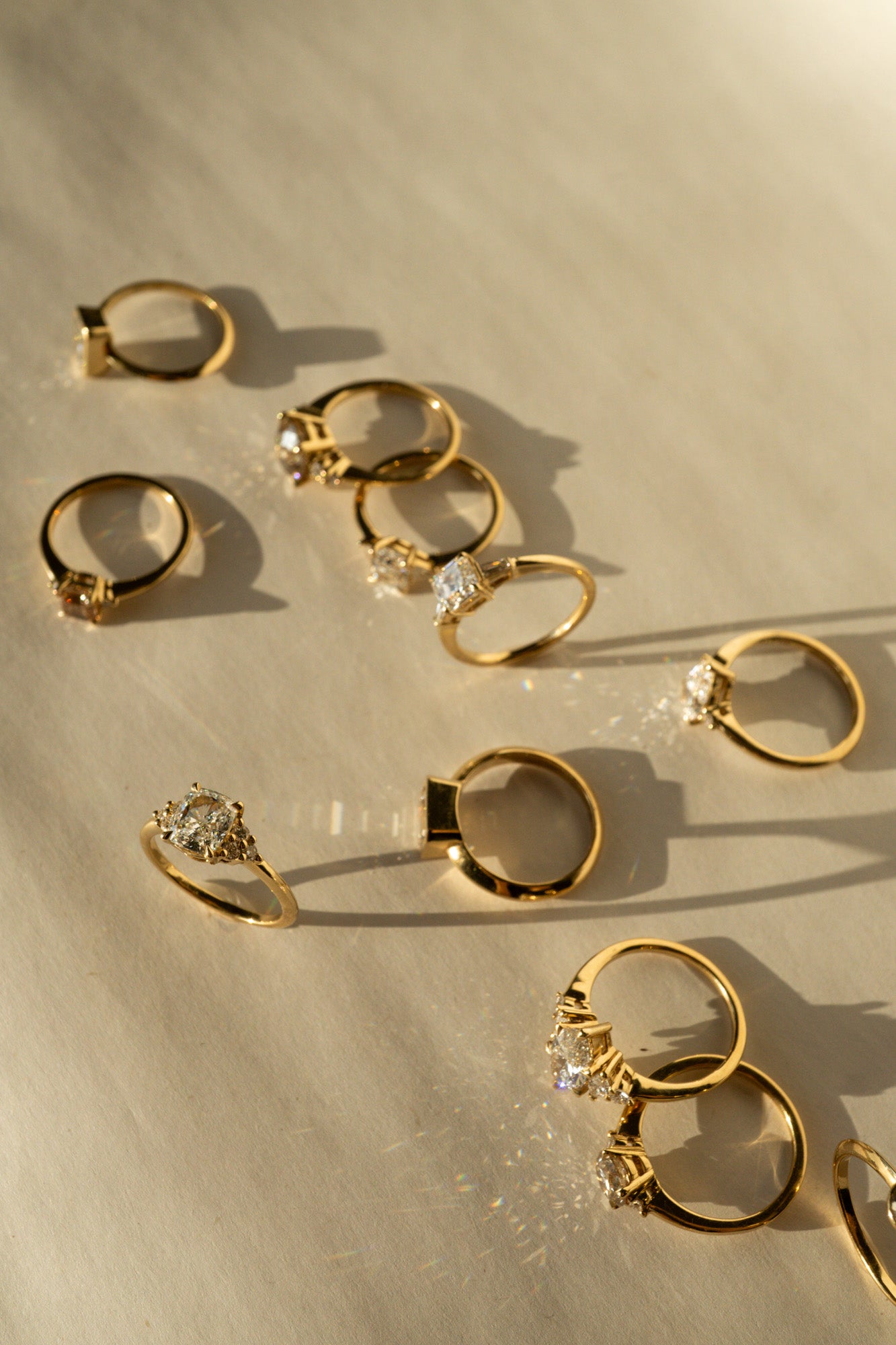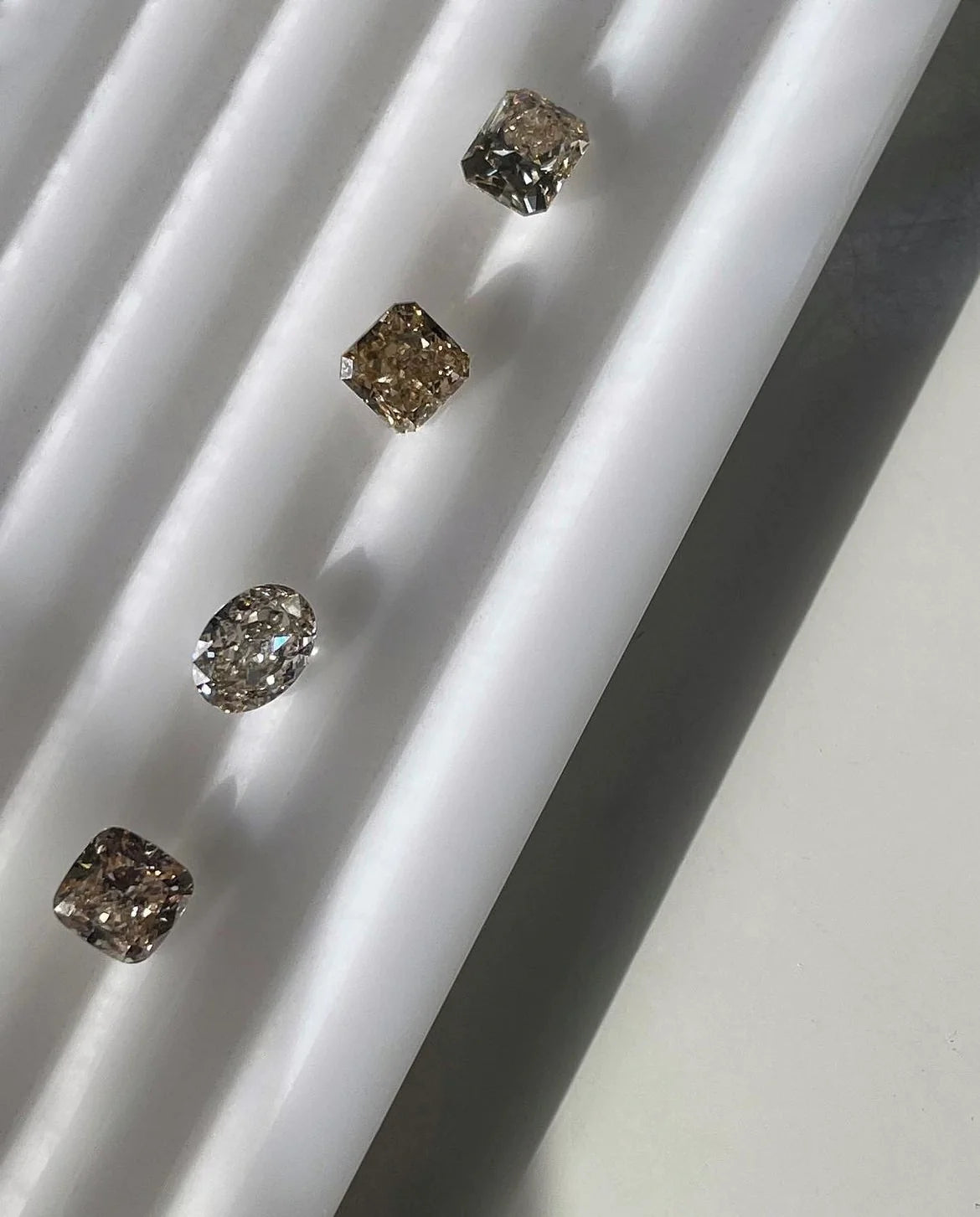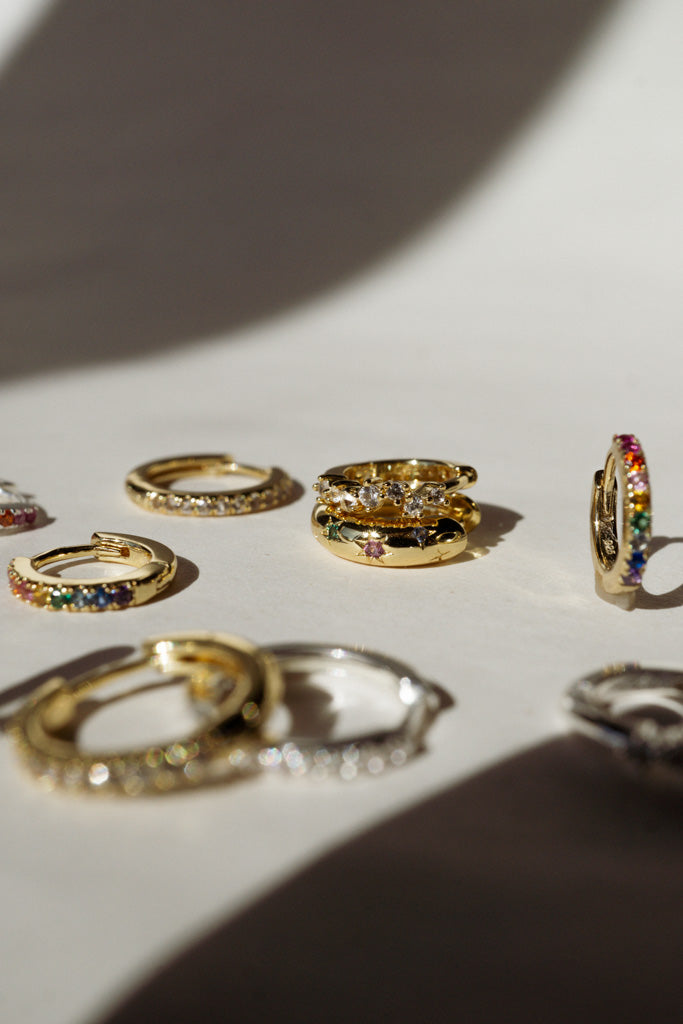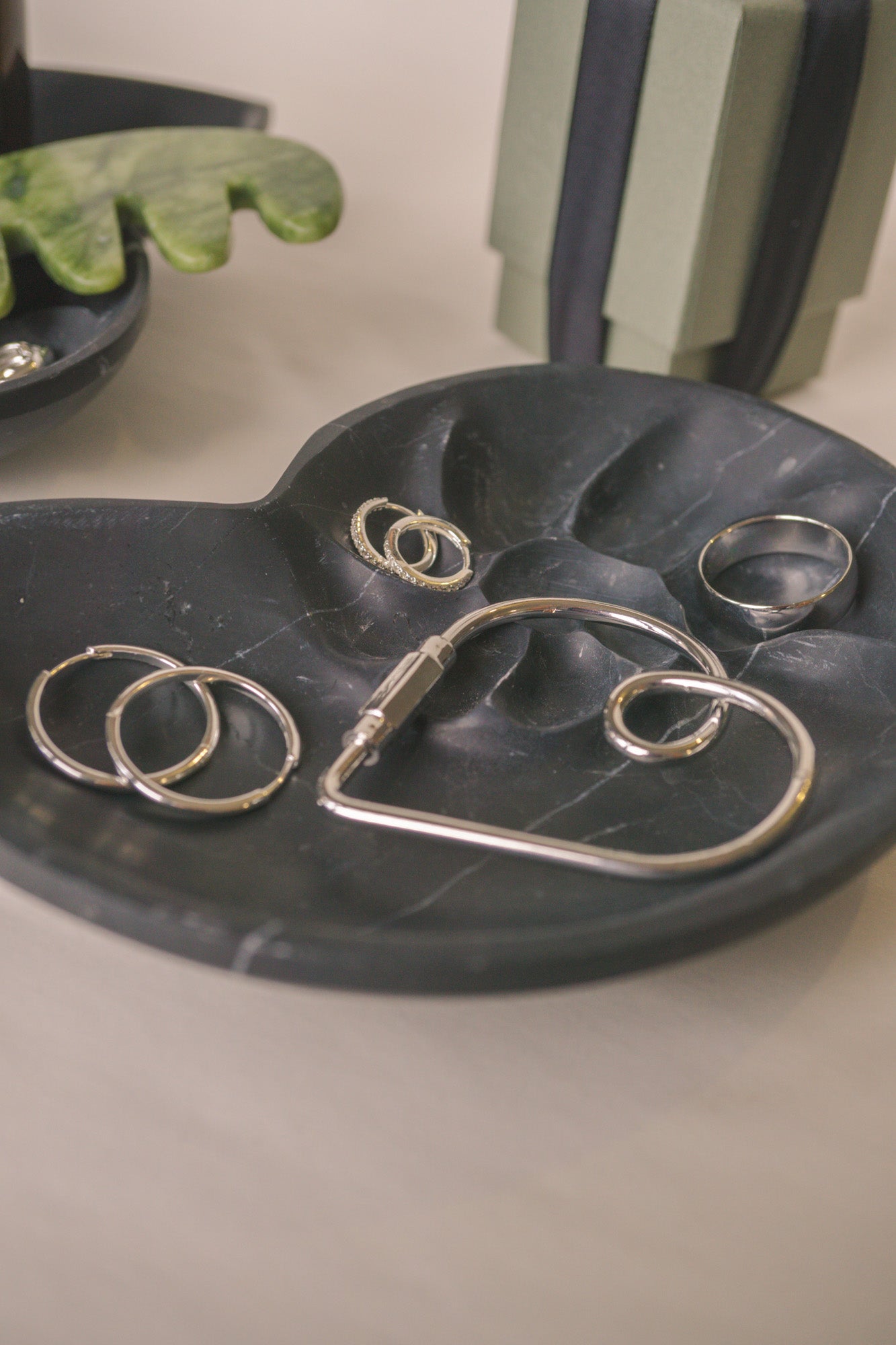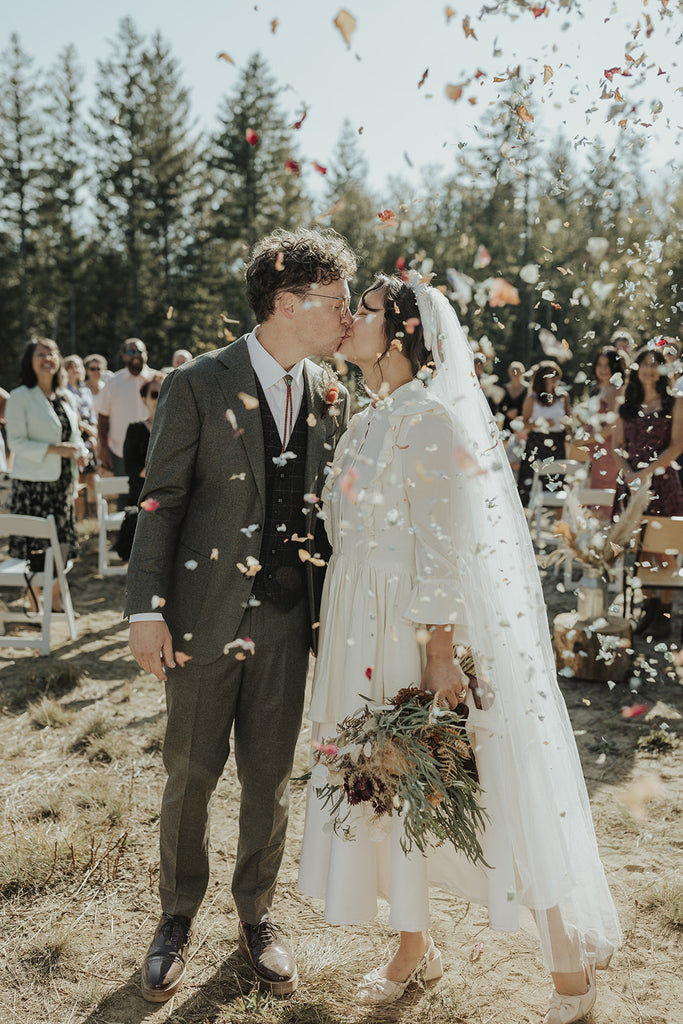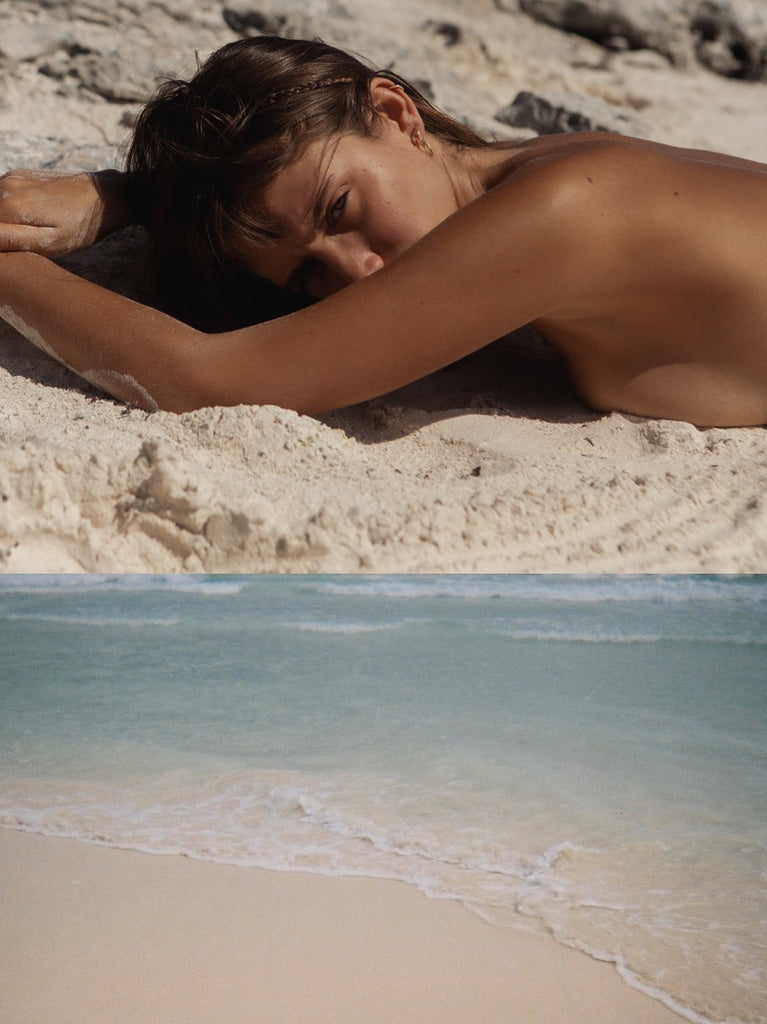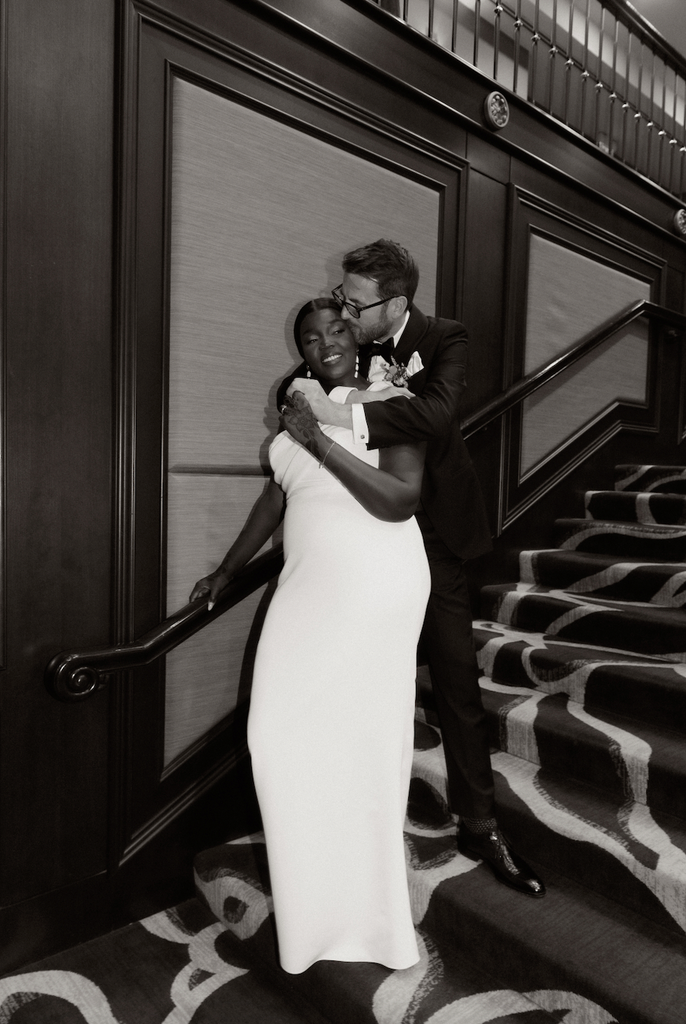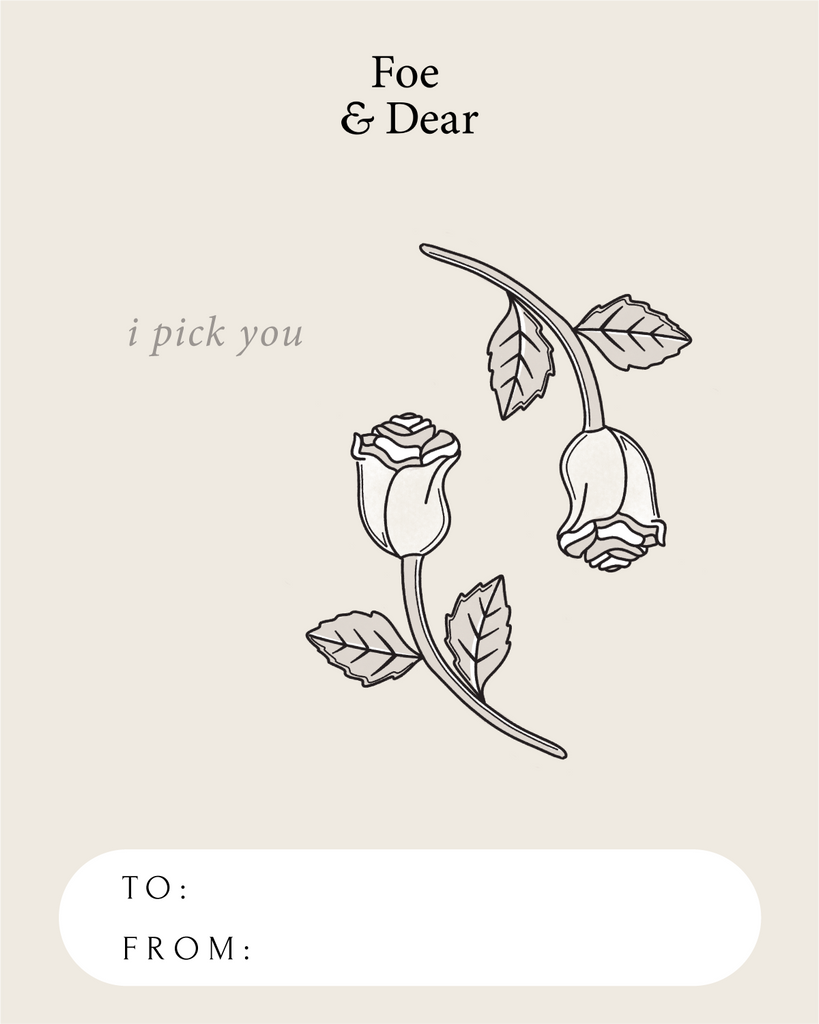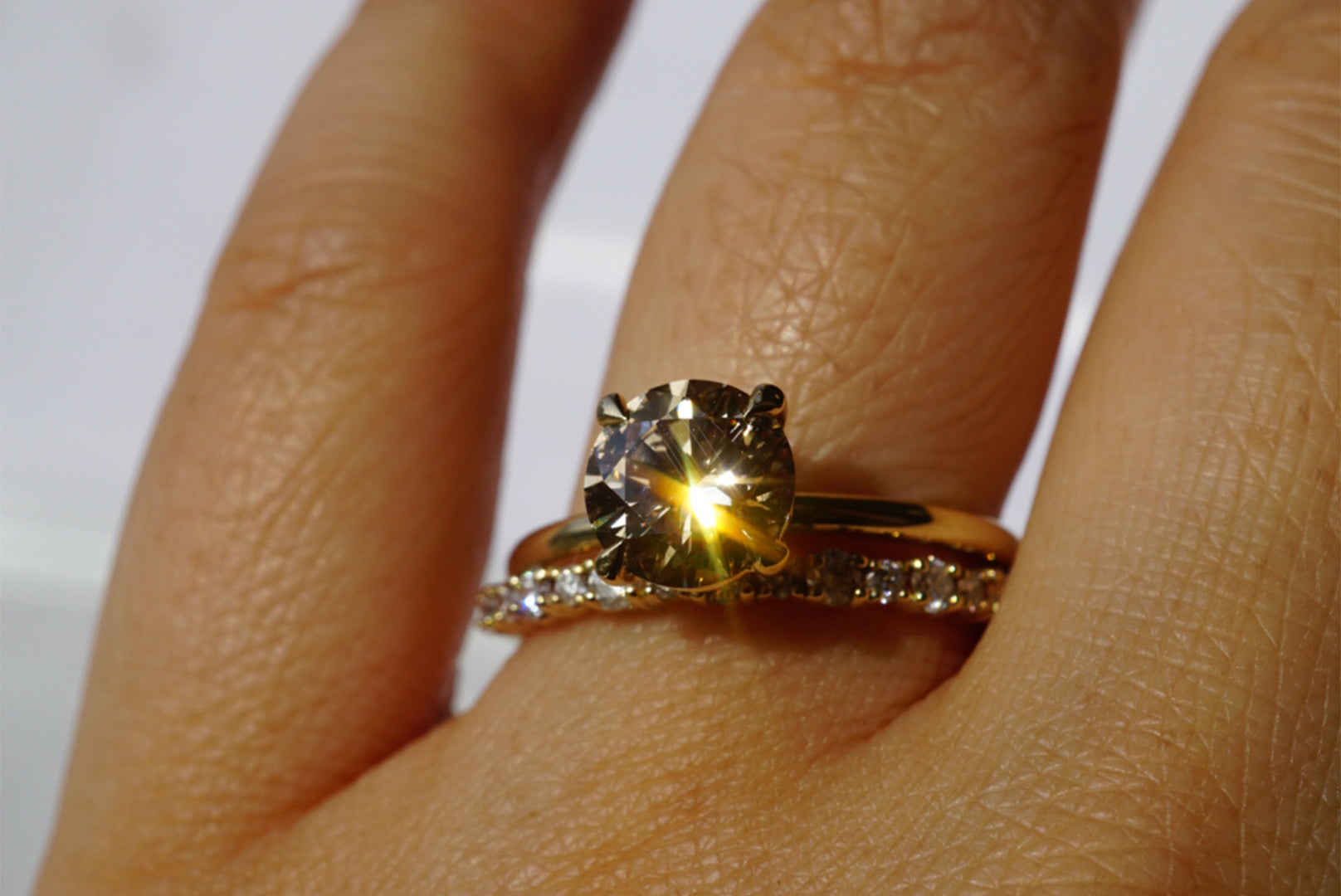
F&D | Guide to Champagne Diamonds
Sun-soaked in warmth and light, a conflict-free champagne diamond can be a subtle twist on our classic diamond jewelry.
If you're looking for a something special, learn all about Champagne Diamonds in our F&D guidebook.
We breakdown industry terms and how to understand the color and clarity scales to help you make an informed decision.

Champagne diamonds naturally have a warm and cognac hue. Their color varies on the amount of nitrogen stored in the stone during the diamond formation process. The higher the nitrogen content the more intense the champagne color will be.
Champagne diamonds rate a 10 on the Mohs scale of hardness, making them a great choice for everyday wear.
Other names for champagne diamonds include fancy color, cognac, and chocolate, which have orange or red undertones. They can be lighter in color and have a more yellow undertone. The terms Chocolate, Champagne or Cognac are sometimes branded by specific mines as a way to showcase their colored diamonds. These diamonds along with fancy colored diamonds are a newer trend. Their grading system is still being developed and is a bit different than the grading system used for near colorless diamonds. Let's break down the most common way of categorizing these diamonds.
Champagne diamonds are more common than white or near colorless diamonds and are considered less rare than other fancy colored diamonds.
So if you take a similar near colorless diamond of the same carat weight and compare it to a champagne diamond the white diamond would typically have a more expensive price per carat. But that’s not to say that there’s not more or less rare champagne diamonds. Typically the more intense the color, paired with the carat weight and its clarity can significantly increase its rarity and thus its price.
One of the most productive fancy color and champagne diamond mines is the Argyle Mine in Australia. The Argyle Mine really coined the terms cognac and champagne diamonds and its own color grading scale which is commonly used to denote the intensity of the color in each diamond.
While the GIA grading system is the most commonly used for white diamonds, the Argyle Mine system is the most commonly used for champagne diamonds.
The Champagne Color Grading ranges from light champagne to cognac, which would be considered the darkest and most intense saturation of color.
- Light Champagne: C1-C2 ~ N-R / S-Z on the GIA Color Scale
- Medium Champagne: C3-C4
- Dark Champagne: C5-C6
- Cognac: C7

Luckily since the color of champagne diamonds is the main difference between them and near colorless diamonds they are able to share the same clarity grading system.
There are a few factors that go into the clarity grade, the most notable being the size and placement of the inclusions or blemishes. It's considered to be more rare the closer the clarity grade is to internally flawless.So just like white diamonds, champagne diamonds are based on the presence of internal inclusions or surface blemishes and then rated from IF - I2.
 |
 |
Each diamond, champagne, near colorless or fancy color diamond, is handpicked to ensure quality and beauty. Ethically and sustainably sourced to help you choose the right one for your special day.Together the clarity, color and carat weight are the biggest factors in rating a champagne diamond's rarity and value.
